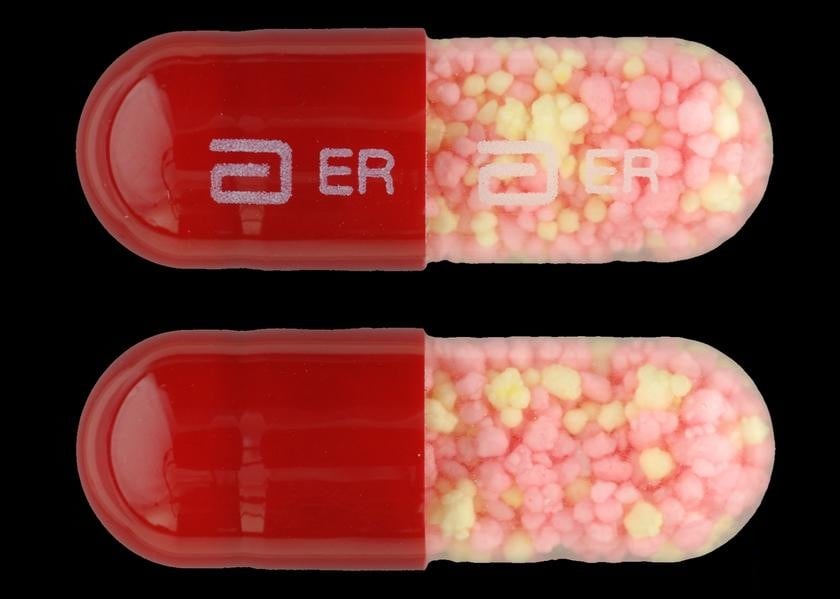| name | Erythromycin Ointment |
| classification | Macrolide antibiotic; topical application |
| pharmacokinetics | | absorption | Limited absorption through intact skin, primarily acts locally. | | distribution | Concentrates at the site of application. | | metabolism | Minimal systemic metabolism. | | excretion | Eliminated primarily by local tissue clearance and exfoliation of skin cells |
|
| suggested dosage | | male patient 25 70kg | Typically applied topically as a thin layer to the affected area 2-4 times per day. Specific dosage will depend on the condition being treated and should be guided by a healthcare provider. |
|
| indications | | 1 | Treatment of mild to moderate skin infections caused by susceptible bacteria, such as impetigo, folliculitis, and other superficial skin infections. | | 2 | Treatment of acne in specific cases where topical antibiotics are appropriate. |
|
| safety in pregnancy | Limited data available. While generally considered safe for use during pregnancy, if used during pregnancy, it should be considered only when benefits outweigh the potential risks. Consult with a healthcare provider. |
| safety in breastfeeding | Erythromycin is excreted in breast milk, though at low concentrations. Use in breastfeeding women may be appropriate if benefits outweigh risks. Consult with a healthcare provider. |
| side effects | | 1 | Local skin reactions (e.g., irritation, redness, rash, itching) | | 2 | Allergic reactions (e.g., skin rash, hives, itching) | | 3 | Rare instances of contact dermatitis |
|
| alternatives | |
| contraindications | | 1 | Known hypersensitivity or allergy to erythromycin or any components of the ointment. | | 2 | Severe skin conditions that require systemic antibiotic treatment (not usually the case with topical ointment). Avoid use over large open wounds or areas with extensive skin breakdown. |
|
| interactions | | 1 | May interact with other topical medications applied to the same area; consult healthcare provider. | | 2 | May interact with systemic medications. Inform your physician about all medications you are taking. |
|
| warnings and precautions | | 1 | Apply a thin layer to the affected area; avoid contact with the eyes or mucous membranes. | | 2 | Use only as directed by a physician. | | 3 | Do not use for longer than prescribed. | | 4 | If irritation or allergic reaction develops, discontinue use and contact a healthcare professional immediately. |
|
| additional informations | Erythromycin ointment is not a systemic treatment and will not have the same effects as oral erythromycin in treating systemic infections. Topical use is intended to target superficial skin infections. Appropriate diagnostics and treatment plans are essential. |
| patient information | |

